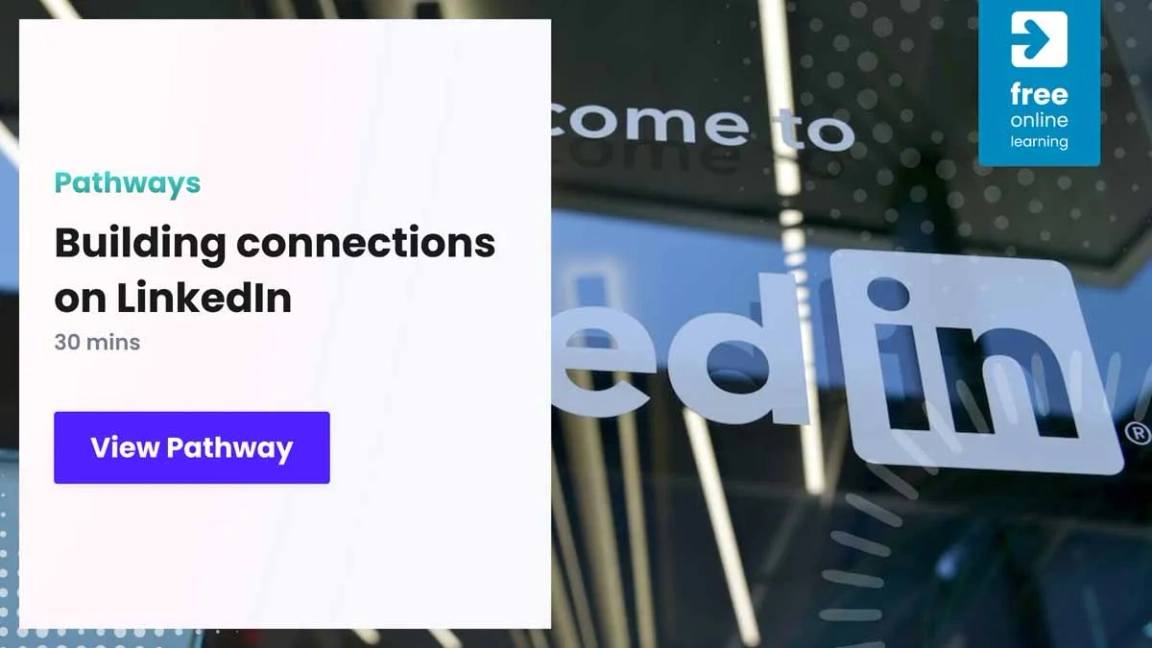How to promote your work through social media
Last updated: 25 Jan 2023, 13:37
With the help of recent graduate and Instagrammer Sophie Olive, we let you in on the best ways to promote your work so that you get noticed by graduate employers in the media or marketing sectors.

targetjobs editorial advice
This describes editorially independent and impartial content, which has been written and edited by the targetjobs content team. Any external contributors featuring in the article are in line with our non-advertorial policy, by which we mean that we do not promote one organisation over another.

